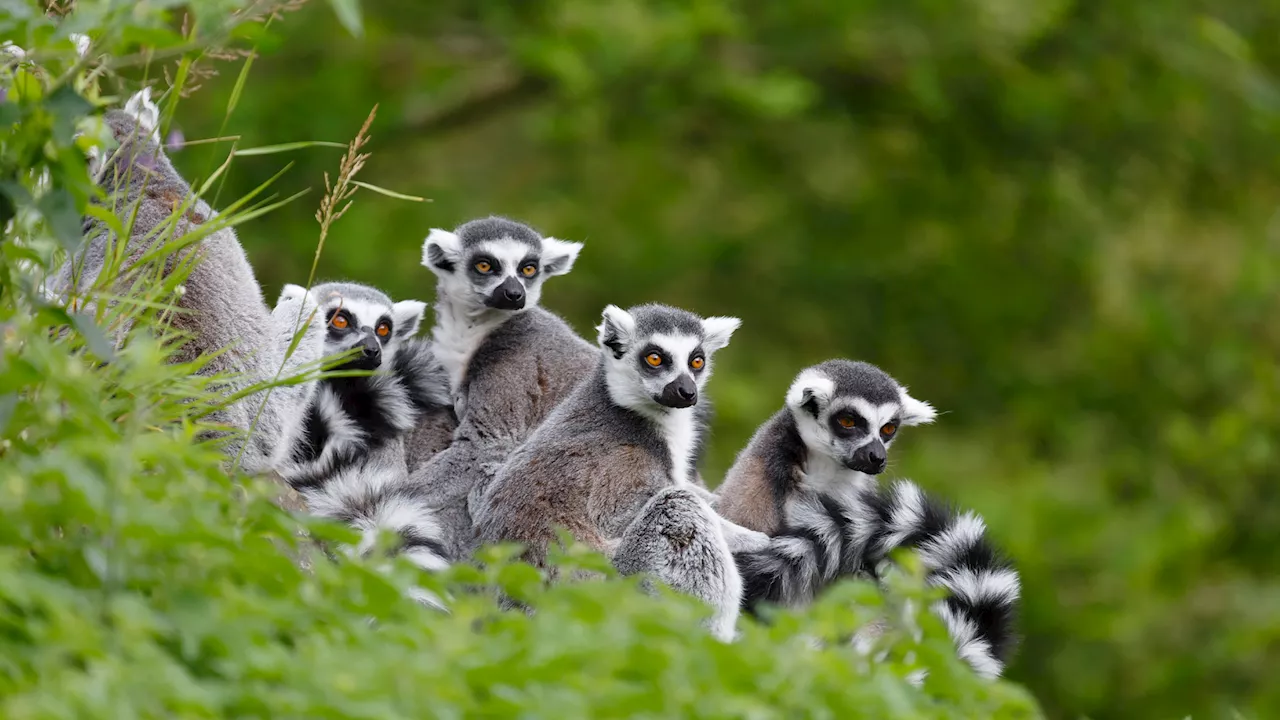A study published in the journal Nature Communications challenges the long-held belief that males are physically larger than females in most mammalian species. The study suggests that biases in scientific literature and a focus on charismatic species have led to this misconception.
The idea that most biologically male members of a species are physically larger than the females goes back to Charles Darwin’s 1871 book The Descent of Man. While this is typically true for some species including gorillas, buffalo, and elephants, it is not necessarily a one size fits all fact. A study published March 12 in the journal Nature Communications found that the males in most mammalian species are not bigger than the females.
Monomorphism–or both sexes being roughly the same size–is very common and females can be larger in some cases. The authors suggest that biases in scientific literature from over more than a century and a focus on more charismatic species like primates and carnivores has likely led to this misconception. A persistent narrative For some mammals, physical differences in size do vary depending on competition for mates and the differences in how mothers and fathers invest time and energy in their offspring. Male lions and baboons typically engage in physical competition for mates and the males are larger than the females
Study Males Females Mammalian Species Physical Size Scientific Literature Misconception
